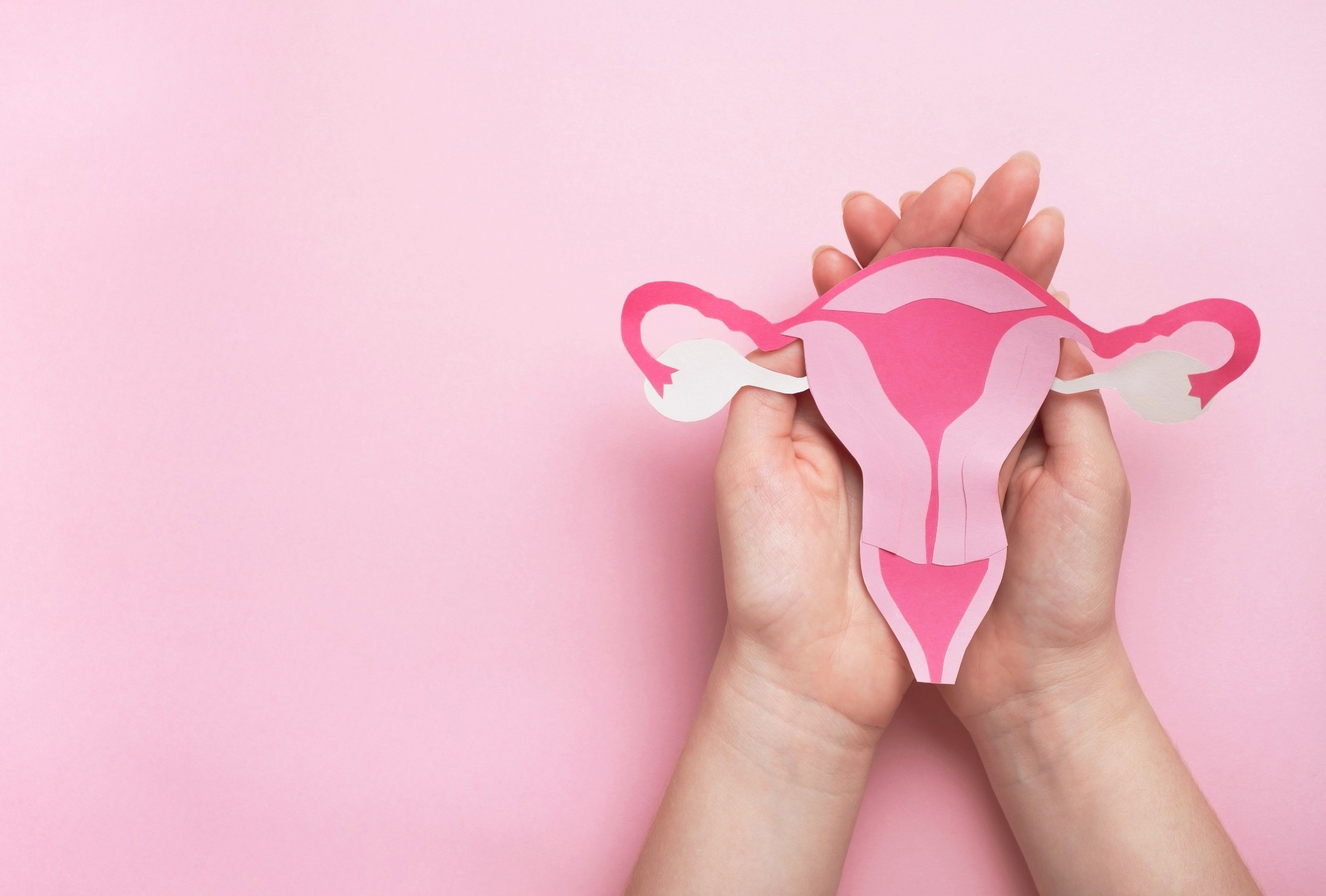
‘It is not just about treatment but also testing and diagnosis where women have been getting a rough deal’
| Photo Credit: Getty Images/iStockphoto
“If you were a young boy, I could have offered you a bouquet of medicines. Unfortunately, for both of us, you are a lovely young girl,” said my daughter’s neurologist, writing out her prescription. And then he began to explain the possible side-effects, some mild, some severe. Exactly three decades ago, the U.S. National Institutes of Health (NIH) Revitalization Act of 1993 mandated the inclusion of “women and minorities” in clinical trials in a bid to reduce health disparities. Yet, to date, the male model of medicine is thriving, and so is the tendency of treating women as smaller men despite a growing body of research insisting on physiological differences (beyond the reproductive organs) between the sexes. The genetic and epigenetic differences between men and women are also extensively documented.
Generic drugs, trials, mental health
In India, the “pharmacy of the world”, the gender disparity in clinical trials has even bigger implications, thanks to generic drug production and consumption. It has been demonstrated in various studies that women’s bodies respond differently to the components of generic drugs.
Professor Cassandra Szoeke, Director of Healthy Ageing Program at the University of Melbourne, Australia, says that thanks to the recent inclusion of women in clinical trials for generic medicine, we now know that “nearly one-fifth of medications showed a difference in the active dose between men and women”. Women have been either overdosing, as in the case of Zolpidem, a common sleep medicine, or not getting enough, as in the case of several pain medicines, for decades now thanks to their underrepresentation in clinical trials.
It is not just about treatment but also testing and diagnosis where women have been getting a rough deal. Take, for instance, mental health. According to a study conducted in Tamil Nadu by Nobel laureates Abhijit Banerjee and Esther Duflo, along with their research partners, “26 per cent of men and 31 per cent of women aged 61-70 have symptoms indicating a high likelihood of depression”.
The study firmly notes that depression rates and the prevalence of anxiety are higher for women than for men worldwide in general. One can add to this a study on human capital conducted by Ernst R. Berndt and others that states that women with an early onset of depression “are less likely to obtain college degrees and less likely to pursue postgraduate degrees”. We see the vicious cycle of women’s underrepresentation here.
Like depression, cardiac issues are now acknowledged as having a slightly more prevalence in women. Yet, they continue to be diagnosed and treated like ‘lesser men’. Study after study demonstrates that women are less likely to receive appropriate medications, diagnostic tests and clinical procedures even in developed countries such as Canada and Sweden. The stereotype of the “hysterical woman” continues to haunt women even when they need urgent clinical interventions.
Gaps that can be linked to apathy
The exclusion of women from clinical trials and research projects addressing sex-agnostic critical illnesses such as cancer and heart disease has resulted in a limited understanding of sex-specific symptoms and responses to treatment. When it comes to sex-specific illnesses such as breast or endometrial cancers, polycystic ovarian syndrome, and pregnancy-related issues, there are serious gaps in research that can only be explained by an apathy towards “women’s only” issues. United States-based studies show that the funding received for research in migraine, endometriosis and anxiety disorders is much lower in proportion to the burden of these illnesses.
‘If men menstruated there would be several multi-million dollar projects studying cramps’ — this meme is not funny any more when you look at mortality numbers because of poor reproductive health. World Health Organization data from 2017 show that “every day about 808 women die due to complications of pregnancy and childbirth”. Almost all of these were preventable but occurred “due to interaction between pre-existing medical conditions and pregnancy”. Pregnant women are further down the ladder of representation in clinical trials and research.
In an equitable world, women would be accepted as an individual category, with race, age and class as subcategories. And an equal amount of time and resources would be spent in finding and providing treatment and health care. How can women even aspire to have access to equal health care when their ailments are not even understood?
For India to note
India has several progressive policies with respect to women’s health including the right to abortion. It is time for policy intervention in the space of sex-specific research in medicine and the implementation of outcomes.
India’s G-20 presidency may be an opportune time to highlight this issue in alignment with Sustainable Development Goals on women’s health.
Nishtha Gautam, a Delhi-based author and academic, is the co-editor of the volume on strategic affairs, In Hard Times: Security In A Time Of Insecurity’






